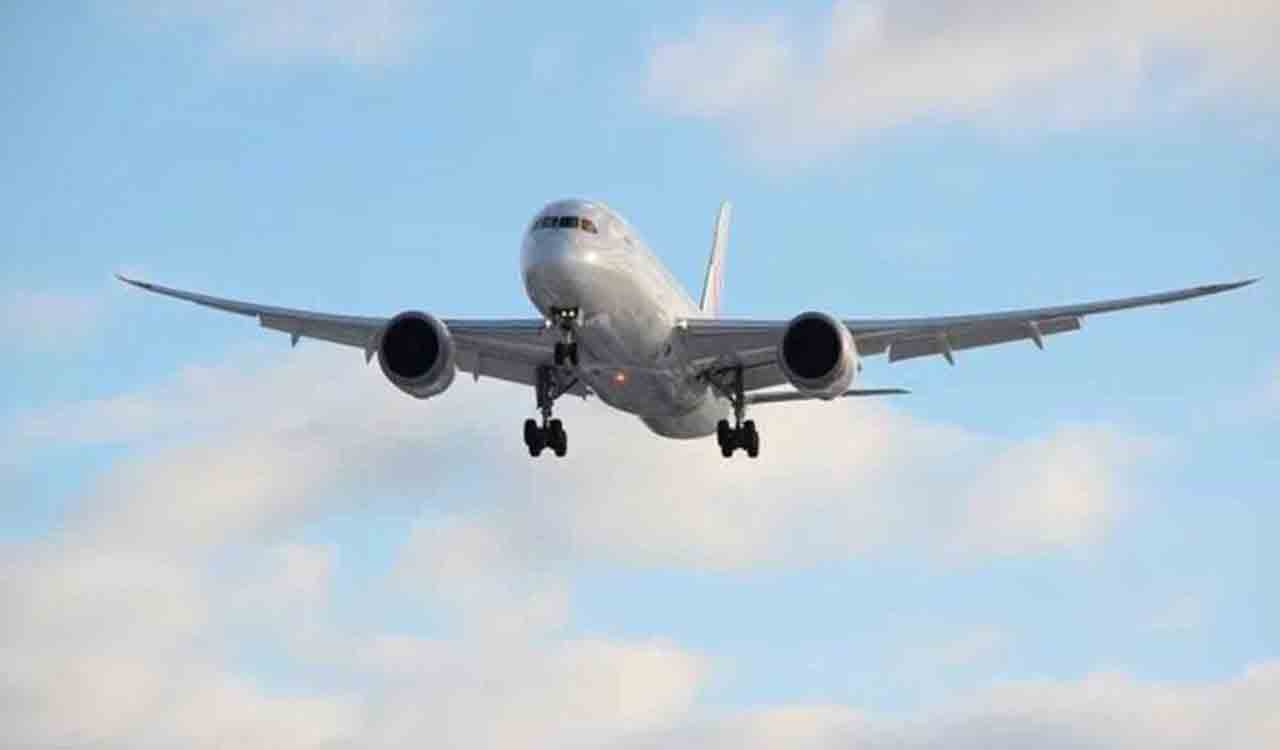Editorial: Indian aviation soaring high
Indian aviation must navigate the issues of pilot shortages and high fuel costs while ensuring robust safety standards

Aviation experts are bullish about India’s growth potential in the sector in the coming years. The reasons are not far to seek: the record-breaking aircraft orders placed by Indian carriers including Air India and plans for massive public investments to improve aviation infrastructure and build new airports. In the biggest deal ever struck by a single airline, Air India, now part of the Tata Group, announced its plans to buy 220 passenger jets from Boeing and 250 from Airbus. Other domestic players like IndiGo and Akasa Air are also expanding aggressively, placing India in the global spotlight. These orders not only signal confidence in future demand but also reflect India’s aspirations to position itself as a global aviation hub. Director General of the International Air Transport Association (IATA) Willie Walsh recently projected an optimistic picture of the Indian aviation industry and underscored its meteoric growth. In fact, he said it is emerging as a prime destination for aspiring pilots, given the vast expansion plans of domestic airlines. His remarks reflect the profound transformation occurring within India’s skies and on its tarmacs. India’s rise is because of the surging demand for air travel, driven by a burgeoning middle-class, enhanced connectivity and favourable economic policies. The data reveals that the Indian aviation market is poised to surpass the United Kingdom and become the third-largest global airline by the end of the year. It is expected to grow to $26.08 billion by 2030, with the country aiming to have 220 new airports by 2025.
The aviation sector contributed 5% to the GDP, creating nearly 4 million jobs. The growth in the aviation market translates to an increased demand for skilled professionals, especially pilots. India’s airlines are expected to need over 15,000 pilots by 2030 to keep pace with the fleet expansion. The growing need for expertise extends beyond the cockpit, creating opportunities in maintenance, ground handling and air traffic management. Policy reforms and infrastructure development further underline the sector’s vibrancy. The government’s focus on modernising airports and launching new ones under the UDAN (Ude Desh ka Aam Nagrik) scheme has boosted regional connectivity. Initiatives like the privatisation of key airports have streamlined operations, making India a more attractive investment market. Increasing air passenger traffic and its recovery to pre-pandemic levels, coupled with the replacement of existing aircraft with advanced sustainable aircraft, are driving the commercial aviation market. Strong economic growth and the increasing middle-income population are fuelling the growth of air passenger traffic and generating demand for passenger aircraft. However, the rapid expansion is not without challenges. Pilot shortages and high fuel costs are among the major hurdles. Indian aviation must navigate these issues while ensuring robust safety standards and adopting environmentally friendly technologies. As the country races toward becoming a global aviation leader, the focus must remain on cultivating talent, enhancing infrastructure and embracing innovation.
Related News
-
Cartoon Today on December 25, 2024
3 hours ago -
Sandhya Theatre stampede case: Allu Arjun questioned for 3 hours by Chikkadpallly police
4 hours ago -
Telangana: TRSMA pitches for 15% school fee hike and Right to Fee Collection Act
4 hours ago -
Former Home Secretary Ajay Kumar Bhalla appointed Manipur Governor, Kerala Governor shifted to Bihar
4 hours ago -
Hyderabad: Organs of 74-year-old man donated as part of Jeevandan
4 hours ago -
Opinion: The China factor in India-Nepal relations
5 hours ago -
Editorial: Modi’s Kuwait outreach
5 hours ago -
Telangana HC suspends orders against KCR and Harish Rao
6 hours ago




